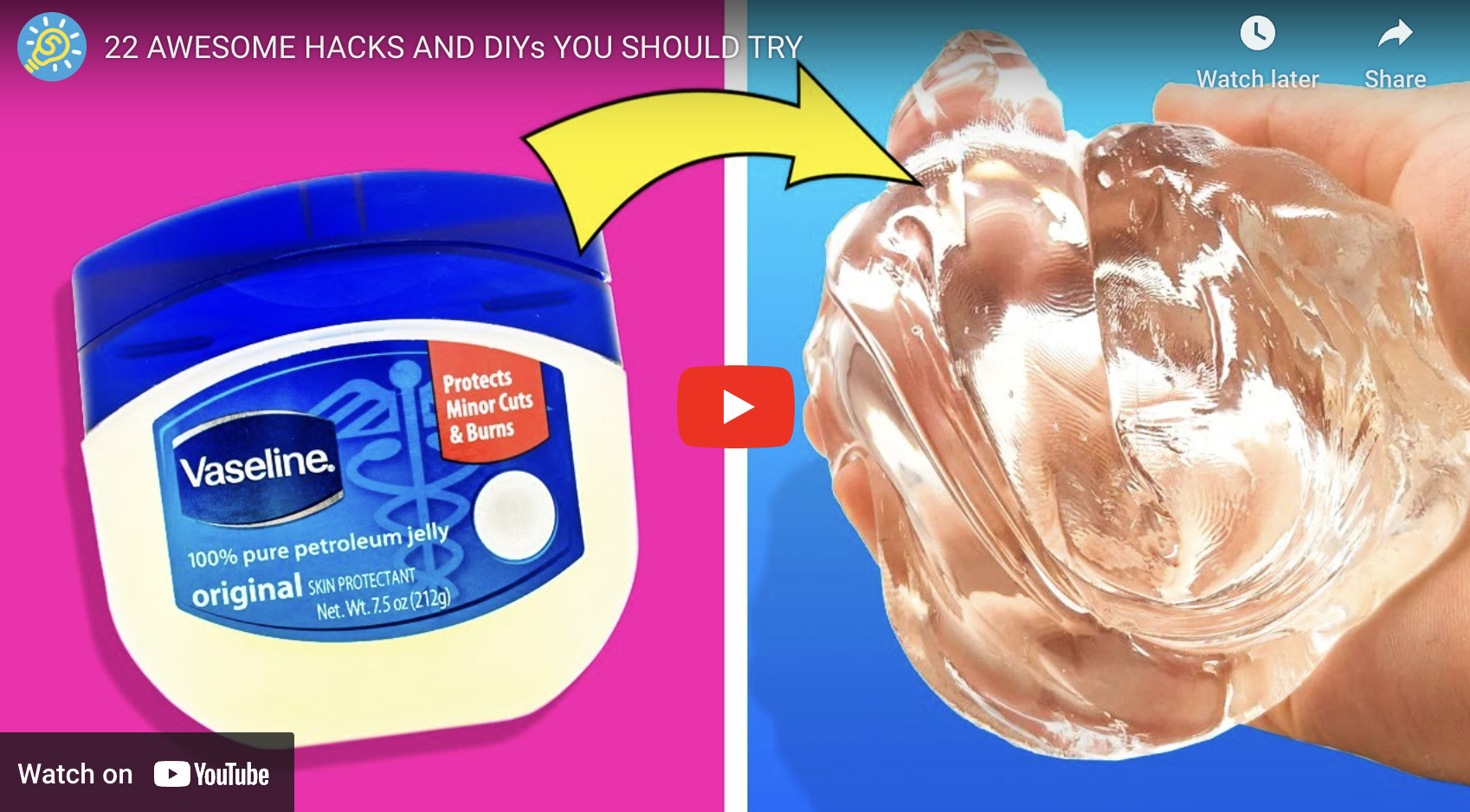Setting powder is an essential component in any makeup routine, as it helps to set foundation and concealer, minimize shine, and ensure your makeup lasts all day. While there are many setting powders available on the market, making your own at home can be a fun and cost-effective alternative. In this article, we will explore how to make setting powder at home, along with 7 interesting trends in the world of DIY beauty products.
To start off, let’s take a look at the basic ingredients you will need to make setting powder at home. The main ingredient in setting powder is usually some form of powder, such as cornstarch, rice flour, or arrowroot powder. These powders help to absorb excess oil and create a smooth, matte finish on the skin. You can also add other ingredients such as cocoa powder for a tinted setting powder, or essential oils for added fragrance and skincare benefits.
One trend in the world of DIY setting powder is the use of natural and organic ingredients. Many people are becoming more conscious of what they put on their skin, and are opting for homemade beauty products made with natural and organic ingredients. By using natural ingredients in your setting powder, you can avoid harmful chemicals and potentially irritating substances that are often found in commercial makeup products.
Another trend in the DIY beauty world is the customization of products to suit individual skin types and preferences. When making your own setting powder at home, you have the freedom to tailor the ingredients to your specific needs. For example, if you have oily skin, you can add more oil-absorbing ingredients like kaolin clay or charcoal powder. If you have dry skin, you can add moisturizing ingredients like shea butter or coconut oil.
One professional in the beauty industry says, “Making your own setting powder at home allows you to have full control over what goes into your makeup. You can customize the ingredients to suit your skin type and preferences, and avoid potentially harmful chemicals found in commercial products.”
A popular trend in the world of DIY beauty products is the use of eco-friendly packaging. Many people are looking for ways to reduce their environmental impact, and making your own setting powder at home is a great way to do so. By using reusable containers or biodegradable packaging, you can minimize waste and help protect the planet.
Another trend in the world of DIY beauty products is the rise of social media influencers sharing their homemade beauty recipes. Platforms like Instagram and YouTube have become popular venues for sharing beauty tips and tutorials, and many influencers are sharing their favorite DIY beauty recipes with their followers. This trend has inspired many people to try their hand at making their own setting powder at home.
One professional makeup artist comments, “Social media has played a huge role in popularizing DIY beauty products, including setting powders. Many influencers are sharing their homemade recipes and techniques, inspiring others to get creative and make their own makeup products at home.”
A growing trend in the world of DIY beauty products is the focus on sustainability and ethical sourcing. Many people are choosing to make their own beauty products at home in order to reduce their carbon footprint and support ethical and sustainable practices. By using natural and organic ingredients, as well as reusable packaging, you can feel good about the impact your beauty routine has on the environment.
When it comes to making setting powder at home, there are a few common concerns that people may have. One concern is the shelf life of homemade beauty products. While commercial setting powders often contain preservatives to extend their shelf life, homemade products may not have the same longevity. To ensure your setting powder stays fresh, store it in a cool, dry place and use clean tools when applying it to your skin.
Another concern is the color and texture of homemade setting powder. Depending on the ingredients you use, your setting powder may have a different color or texture than commercial products. To achieve the desired color and consistency, experiment with different ratios of ingredients until you find the perfect formula for your skin.
One common concern when making setting powder at home is the potential for skin irritation or allergic reactions. Before using any homemade beauty product on your skin, it’s important to do a patch test to check for any sensitivities. Apply a small amount of the setting powder to a small area of skin and wait 24 hours to see if any redness, itching, or irritation occurs.
A common concern among those new to making setting powder at home is the cost of ingredients. While some natural and organic ingredients can be more expensive than their synthetic counterparts, making your own setting powder can still be a cost-effective alternative to buying commercial products in the long run. By purchasing ingredients in bulk and reusing containers, you can save money and reduce waste.
Another concern is the time and effort required to make setting powder at home. While it may take some trial and error to perfect your homemade setting powder recipe, the process can actually be quite simple and fun. With a few basic ingredients and some creativity, you can create a setting powder that is customized to your skin type and preferences.
One professional skincare expert advises, “Don’t be intimidated by the idea of making your own setting powder at home. It can be a fun and rewarding experience to create your own beauty products, and you may even discover a new hobby in the process.”
A common concern when making setting powder at home is the potential for the powder to be too drying or cakey on the skin. To avoid this, be sure to use a light hand when applying the setting powder and blend it well into the skin. You can also add moisturizing ingredients like shea butter or jojoba oil to create a more hydrating formula.
Another concern is the longevity of homemade setting powder on the skin. While setting powder is designed to help makeup last longer throughout the day, homemade products may not have the same staying power as commercial ones. To ensure your makeup stays in place, you can set your foundation and concealer with a homemade setting spray or mist.
In summary, making setting powder at home is a fun and cost-effective way to customize your makeup routine and avoid potentially harmful chemicals found in commercial products. By using natural and organic ingredients, you can create a setting powder that is tailored to your skin type and preferences. With a little experimentation and creativity, you can make your own setting powder that will help your makeup last all day and give you a flawless finish. So why not give it a try and see the difference it can make in your beauty routine?
![[Mom Prepared]](https://momwithaprep.com/wp-content/uploads/2024/12/cropped-momlogo-244x56.png)

